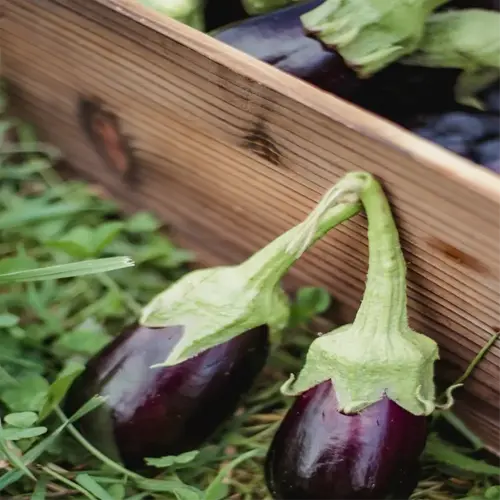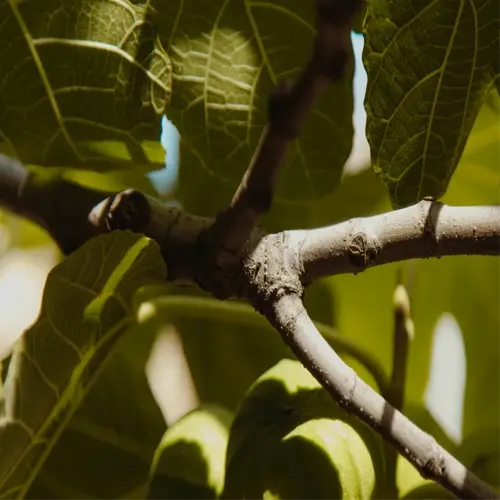What's the biggest mistake beginners make with garlic?

Written by
Nguyen Minh
Reviewed by
Prof. Samuel Fitzgerald, Ph.D.Growing garlic successfully begins with overcoming our impulse to plant garlic early. New gardeners think that soil is warm enough to plant garlic in September, only to dig up mushy rot weeks later, which is sad. And, I too lost my first crop that way. Plump, fat cloves that turned to mush before they even broke the soil. A soil thermometer can help avoid this heartache!
Warm Soil Planting
- Cloves rot above 55°F (13°C)
- Delayed root development
- Invites fungal diseases
Ignoring Frost Dates
- Shoots emerge before winter
- Freeze kills young plants
- Wasted seed stock
Throughout three mornings in a row, take a test of the soil at a depth of 4 inches. I am using a grill thermometer, which I left outdoors overnight. If the readings are averaging above 55°F (or 13°C), place the cloves in paper bags and put them in the refrigerator for two weeks. This will stop the growth of the garlic until the conditions are more favorable, but will not damage the viability of the cloves.
Partial Recovery
- Apply reflective mulch
- Reduce watering frequency
- Treat with fungicide drench
Full Replanting
- Dig up partially rotted cloves
- Dry and dust with sulfur
- Replant in cooled soil
Planting according to the time in your zone prevents disaster. Growers in the northern zones (3-5) should plant in mid-October. Growers in the southern zones (8-10) should wait until January to plant. Some of my Texas clients put their cloves in the fridge for six weeks before planting to mimic a northern winter, and the bulbs grow perfectly even though they do not get the cold.
Read the full article: How to Grow Garlic Successfully in Any Climate

